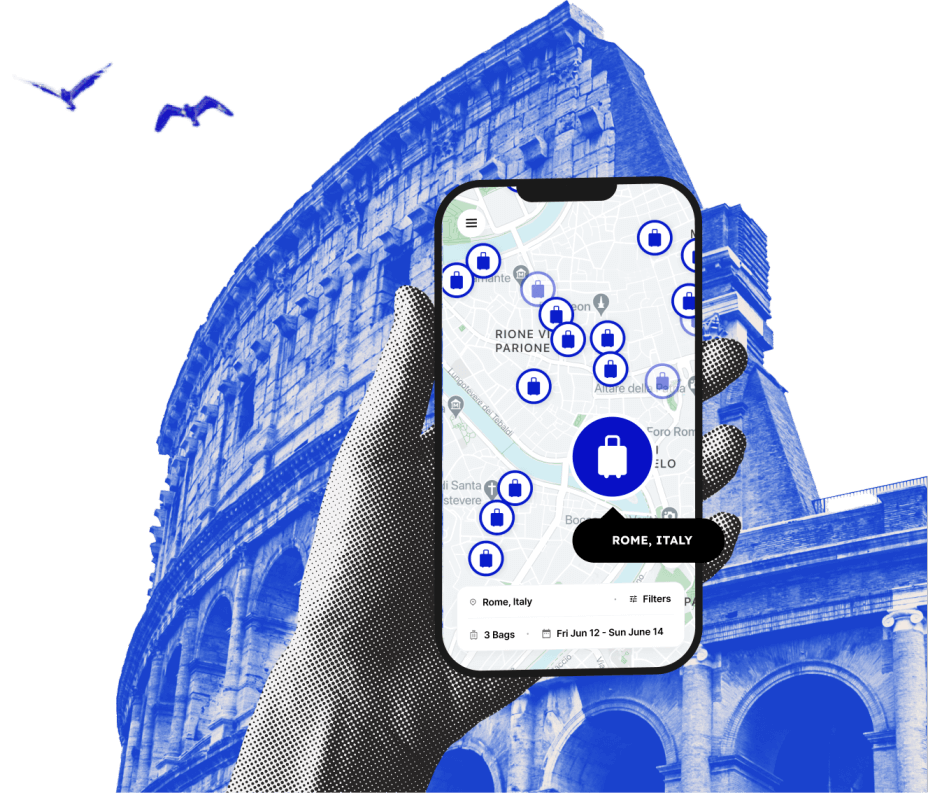The 12 Best Museums In Bucharest
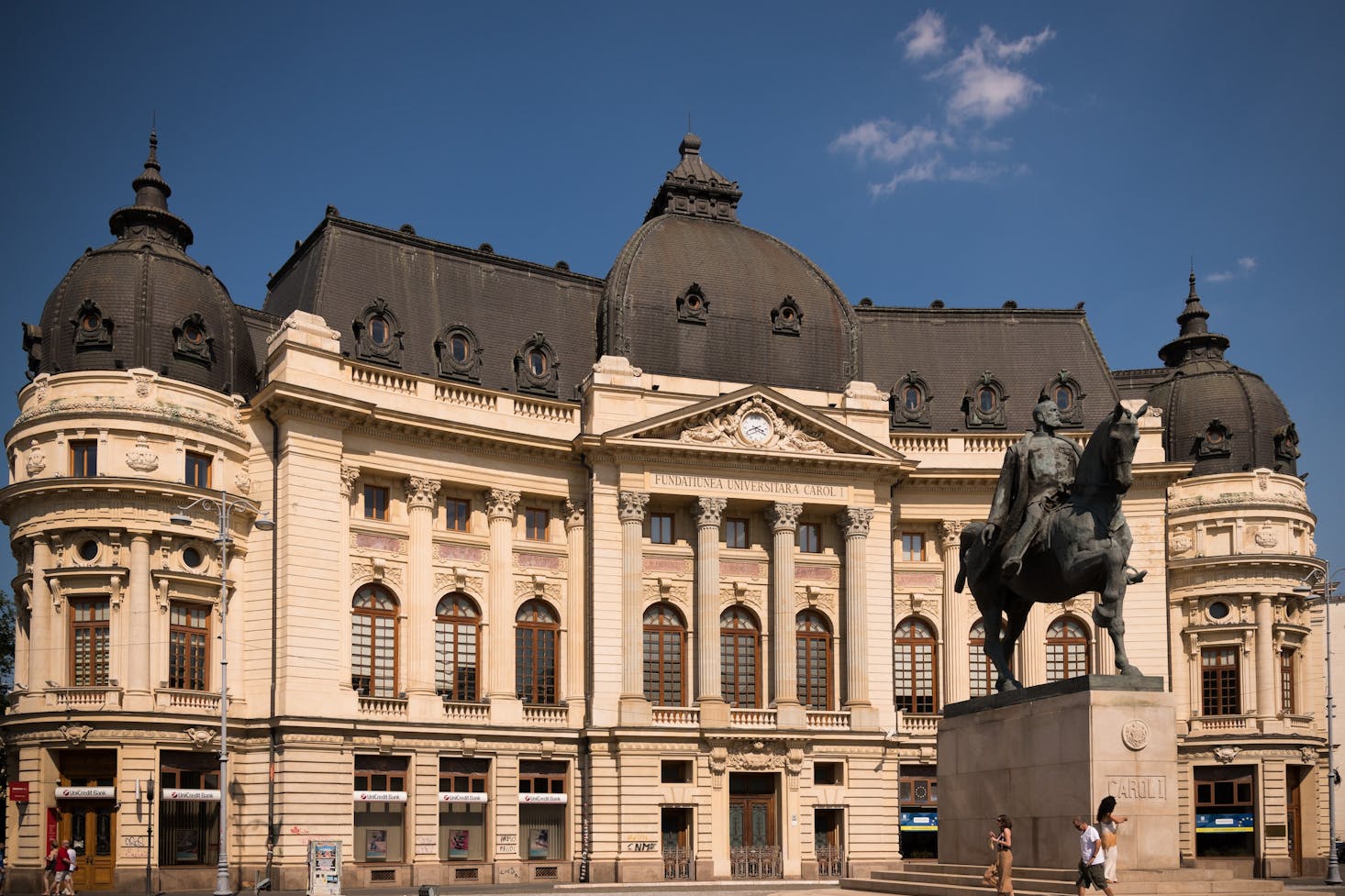
Found on the banks of the Dâmbovița River, Bucharest is the capital and largest in the country of Romania, found in central Europe. Once nicknamed the Little Paris of the East, Bucharest is the primary gateway and the most important city in the nation and also happens to be the commercial, financial and cultural heart of Romania.
While it may not be as well-known as other European capitals like Paris, Rome and Berlin, Bucharest is slowly booming as a tourist destination because of its rich culture and history. One of the main reasons why travelers come to Bucharest is to check out the different museums that the city boasts. As one of the largest capitals in Europe, Bucharest has no shortage of museums, memorial houses and art galleries worth checking out.
Whether you’re into Romanian culture and folklore, art or history, you’ll surely find a museum to satisfy your interest! Get ready to become a culture vulture and check out our picks for the best museums in Bucharest. Note that most of these museums do not allow visitors to bring oversized bags with them. To avoid any inconvenience, find a storage locker in Bucharest where you can deposit your luggage.
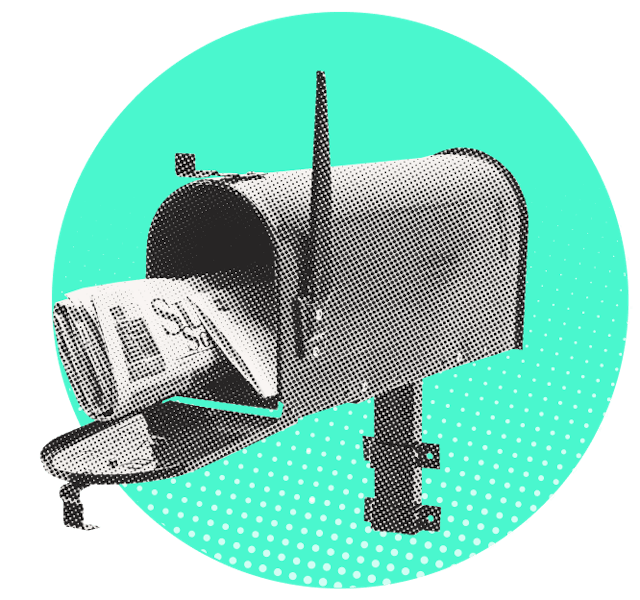
Love discounts and traveling?
Sign up for our newsletter and get 10% off your next booking.
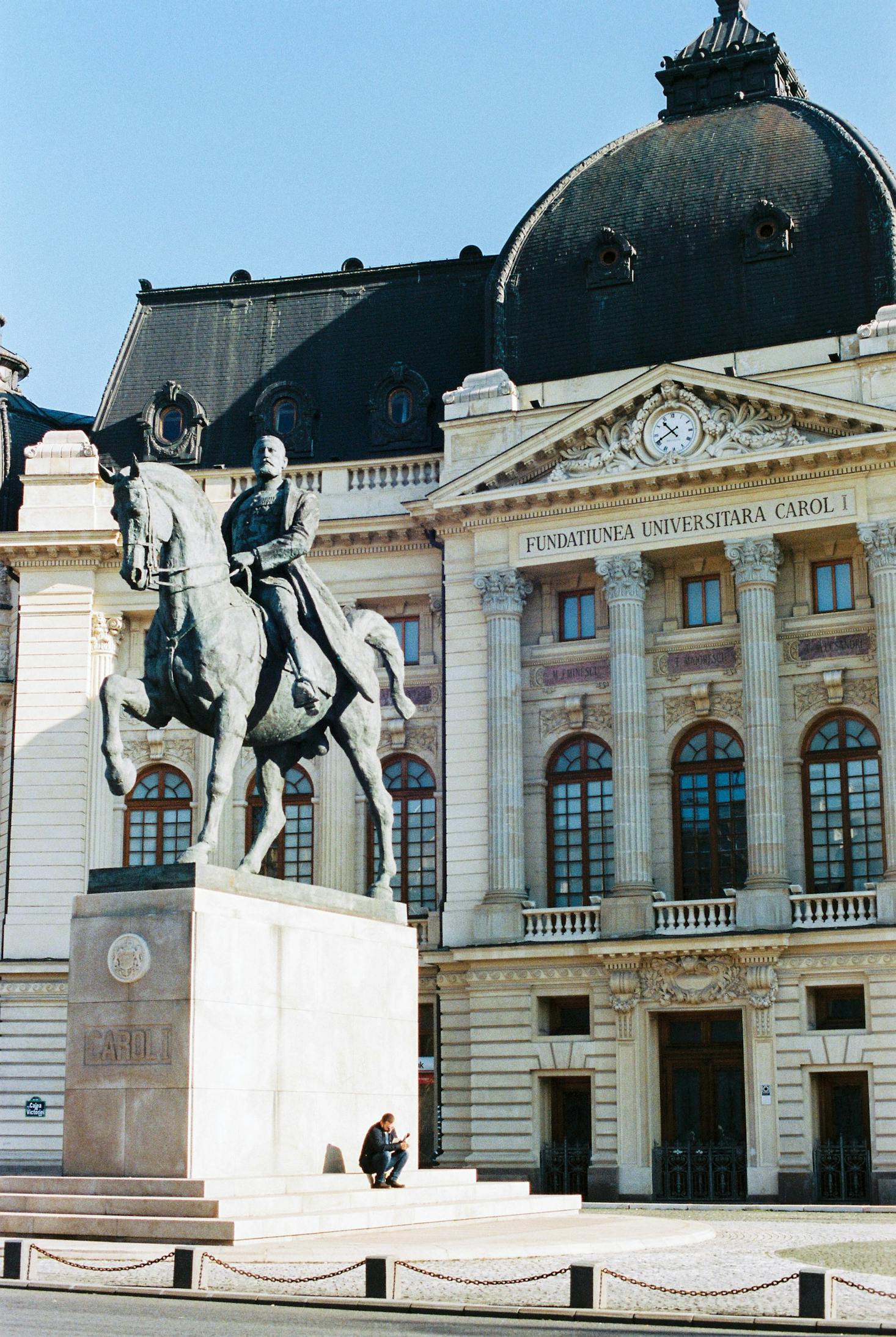
National Museum of Art of Romania (MNaR)
Address: Calea Victoriei 49-53, București 010063, Romania
Widely regarded as the country’s most important art museum, the National Museum of Art of Romania (MNaR) is one you should definitely check out when in Bucharest. Housed inside the former Royal Palace, the MNaR has an extensive collection of medieval and contemporary Romanian and international art.
Composed of three art galleries - namely the Romanian Medieval Art Gallery, European Art Gallery and the Romanian Modern Art Gallery – the museum features works from the likes of renowned artists such as Monet, Rembrandt and Rubens. The museum also highlights some of the greatest Romanian artists, including Constantin Brancusi, Theodor Aman and Gheorghe Patrascu.
National Museum of Contemporary Art (MNAC)
Address: Sector 5, București 050563, Romania
Located in the southwestern wing of the Palace of the Parliament, the National Museum of Contemporary Art (MNAC) is among the most essential museums in the city that highlight Romanian artists. Located inside the southwestern wing of the Palace of the Parliament, the MNAC has an eclectic collection of works created by Eastern European artists, particularly established and up-and-coming Romanian talents.
Apart from its impressive permanent collection, the MNAC also regularly hosts temporary exhibitions throughout the year, featuring works from both local and foreign artists from the 20th and 21st centuries. The art museum is also occasionally used as a venue for performances such as theater, workshops and festivals.
The National Village Museum (Dimitrie Gusti)
Address: Şoseaua Pavel D. Kiseleff 28-30, București 011347, Romania
When it comes to one of the most intriguing museums in Bucharest, no other place comes close to the National Museum of the Village. Also known locally as Dimitrie Gusti, the open-air museum can be found inside King Michael I Park (Herastrau Park) and is one of the first museums of its kind anywhere in the world.
The Village Museum, which was founded by sociologist and folklorist Dimitrie Gusti, is an open-air museum and ethnographic facility that showcases the rich cultural heritage of Romania and what the traditional village life in the country was like. The museum has a permanent exhibition that showcases actual houses from Romanian villages along with interactive exhibits, 3D films and other displays that authentically and accurately depict the way of life of the different regions across the nation.
The National Museum of History of Romania
Address: Calea Victoriei 12, București 030026, Romania
Are you staying in or near Old Town? If you want a detailed and in-depth look into the rich and colorful past of the country, then you should definitely make a trip to The National Museum of History of Romania. Founded in 1972, this national history museum is housed inside the iconic Post Office Palace (also known locally as Palatul Postelor), located in Bucharest’s Old Historical Center.
The National Museum of History of Romania has over 60 exhibition rooms filled with more than 650,000 works, artifacts and objects related to Romanian history – starting from the Prehistoric Age up until the Modern Times – including jewelry, manuscripts, pottery, engravings, weapons, textiles, religious relics, gold, furniture, printed works and so much more. Some of the highlights in the history museum include the Romanian crown jewels and a plaster cast of Trajan's Column.
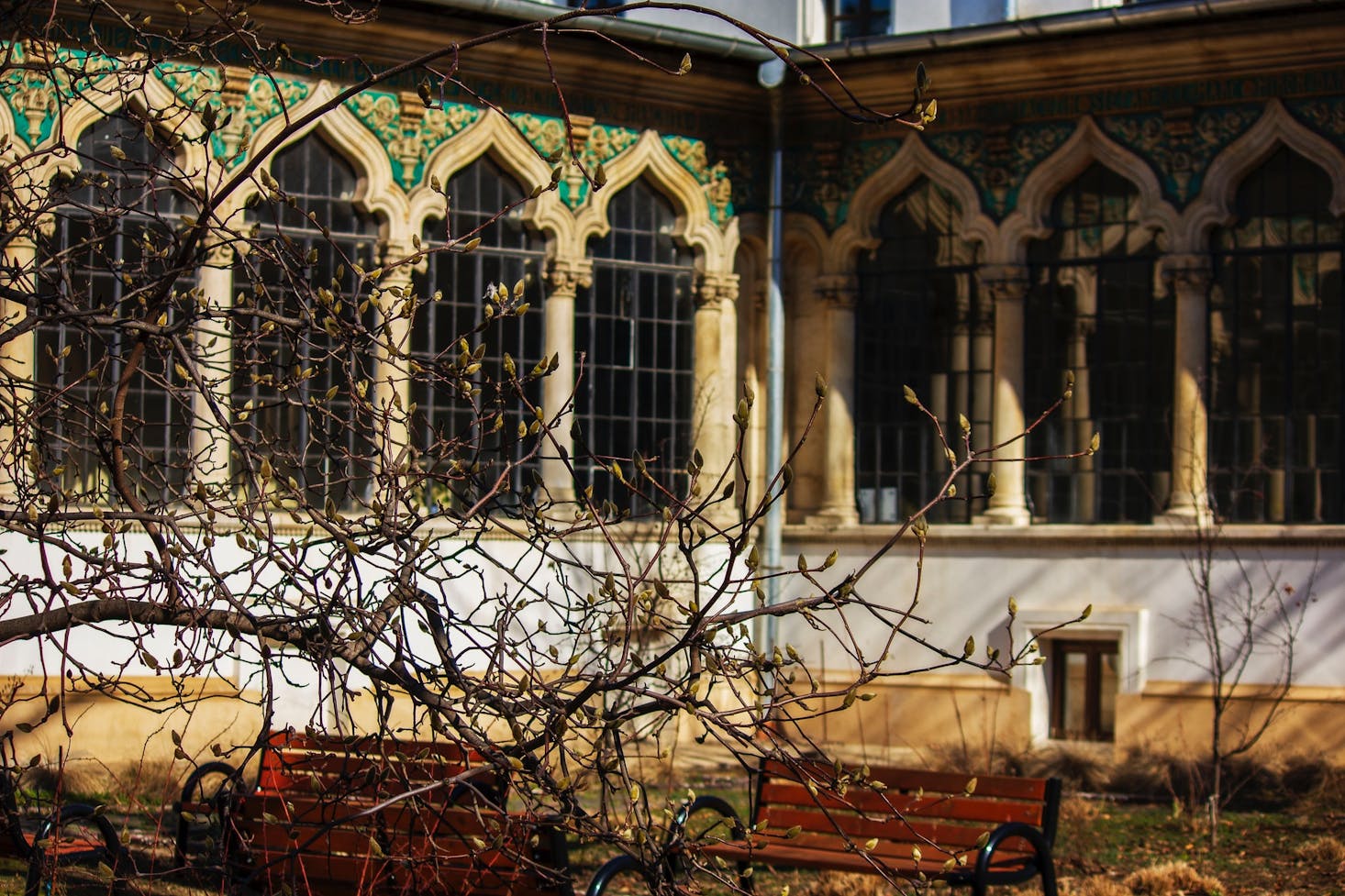
The Art Collections Museum
Address: Calea Victoriei 111, București, Romania
While it may look small from the outside, especially compared to the other museums in the city, The Art Collections Museum is definitely one of the top attractions in Bucharest. Originally constructed in 1822 to be used as a private residence, the building was transformed into a museum and is now home to some of the most interesting collections of art in the country.
The museum has a rich collection of works and artifacts curated by some of the most prominent families in Romania, who ended up donating the paintings to the museum after the communist regime prohibited them from keeping the art during the 1940s. This collection features over 12,000 individual works, mainly from 19th and 20th century Romanian artists such as Nicolae Grigorescu, Theodor Aman, Camil Ressu, Alexandre Ciucurencu, Nicolae Tonitza and Theodor Pallady.
Cotroceni Palace (Palatul Cotroceni)
Address: Șoseaua Cotroceni 36, București, Romania
Built from 1888 to 1893 on the site of a former monastery, the Cotroceni Palace serves as the official residence of the nation’s president and is among the most renowned landmarks in Bucharest. The Cotroceni Palace, which features a Brancovenesc-style architecture, is among the most historic buildings in Bucharest and was the venue of numerous events throughout the country’s history. Today, part of the Palace is open to the public for guided tours, including the on-site museum where guests can find a range of paintings, books, decorative art, sculptures and other artifacts on display.
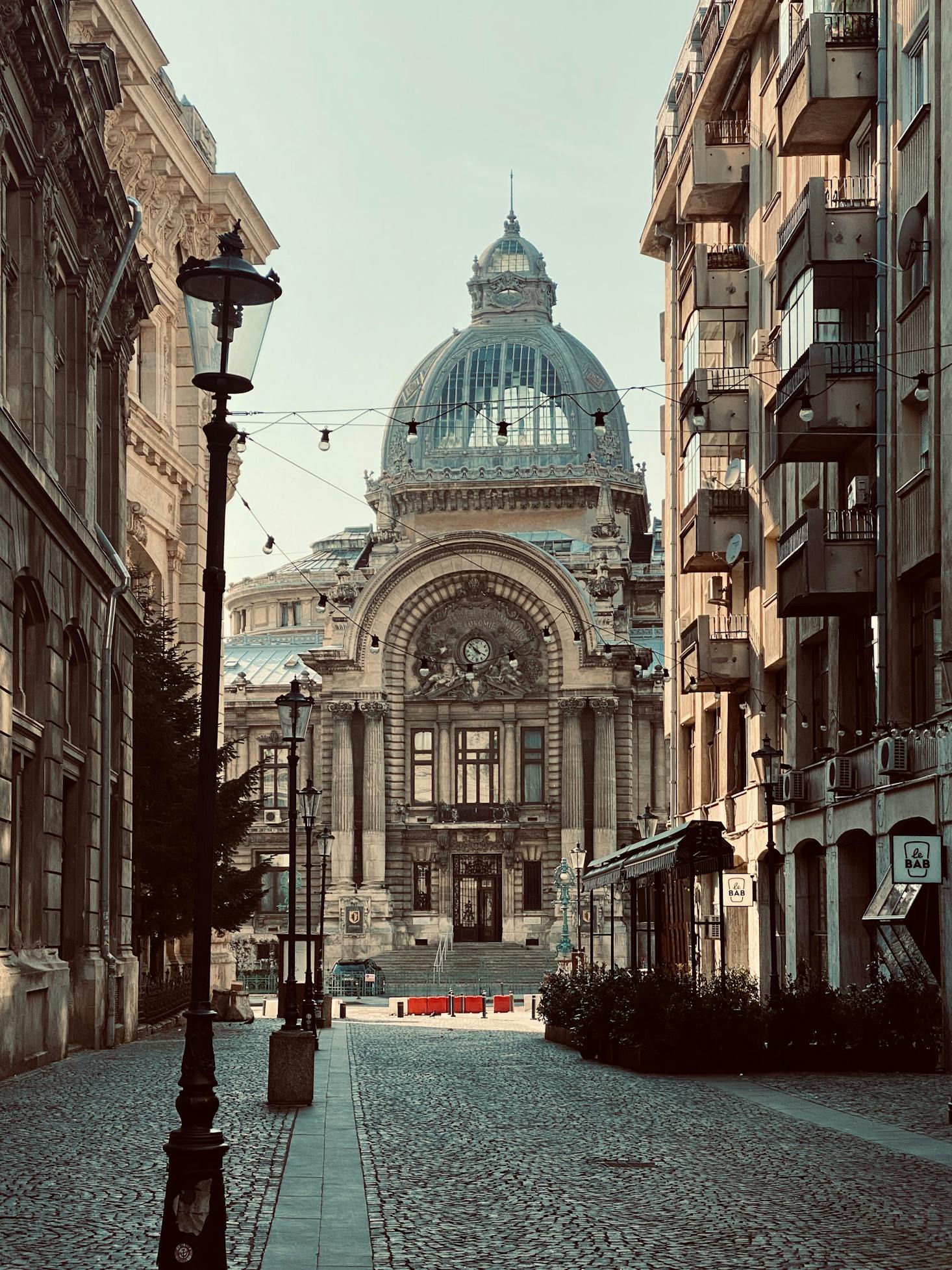
The National Museum of Natural History
The National Museum of Natural History, also known as the Grigore Antipa National Museum, is an impressive space that enables guests to learn about the biodiversity of the world throughout history. Founded in 1834, this natural history museum has a massive collection of nearly two million items and artifacts on display, including dinosaur skeletons, fossils, ancient coins, precious metals, minerals and more.
Besides its amazing permanent collection, the natural history museum also features a number of interactive exhibitions and educational games that can be enjoyed by visitors of all ages, particularly children. Among the highlights found in the Grigore Antipa include the artificial cave system and the extensive butterfly and bird collection.
Museum of the Romanian Peasant (Muzeul Taranului Roman)
Address: Şoseaua Pavel D. Kiseleff 3, București, Romania
One of Bucharest’s most prominent museums, the Museum of the Romanian Peasant is an absolute must-visit when in the city. Established in 1941, this extremely popular museum houses the most valuable collection of peasant artifacts in the country, all of which tell the story of what it was like to live as a peasant in Romania.
At present, there are over 90,000 items on display from the museum’s permanent collection, including peasant costumes, ceramics, household objects, textiles, religious relics, musical instruments, photographs, carpets and more objects collected from different parts of Romania over the years, particularly between the 18th and 20th centuries. Every February 24th, the museum hosts a fair dedicated to the holiday of Dragobete, which is the local counterpart of Valentine’s Day.
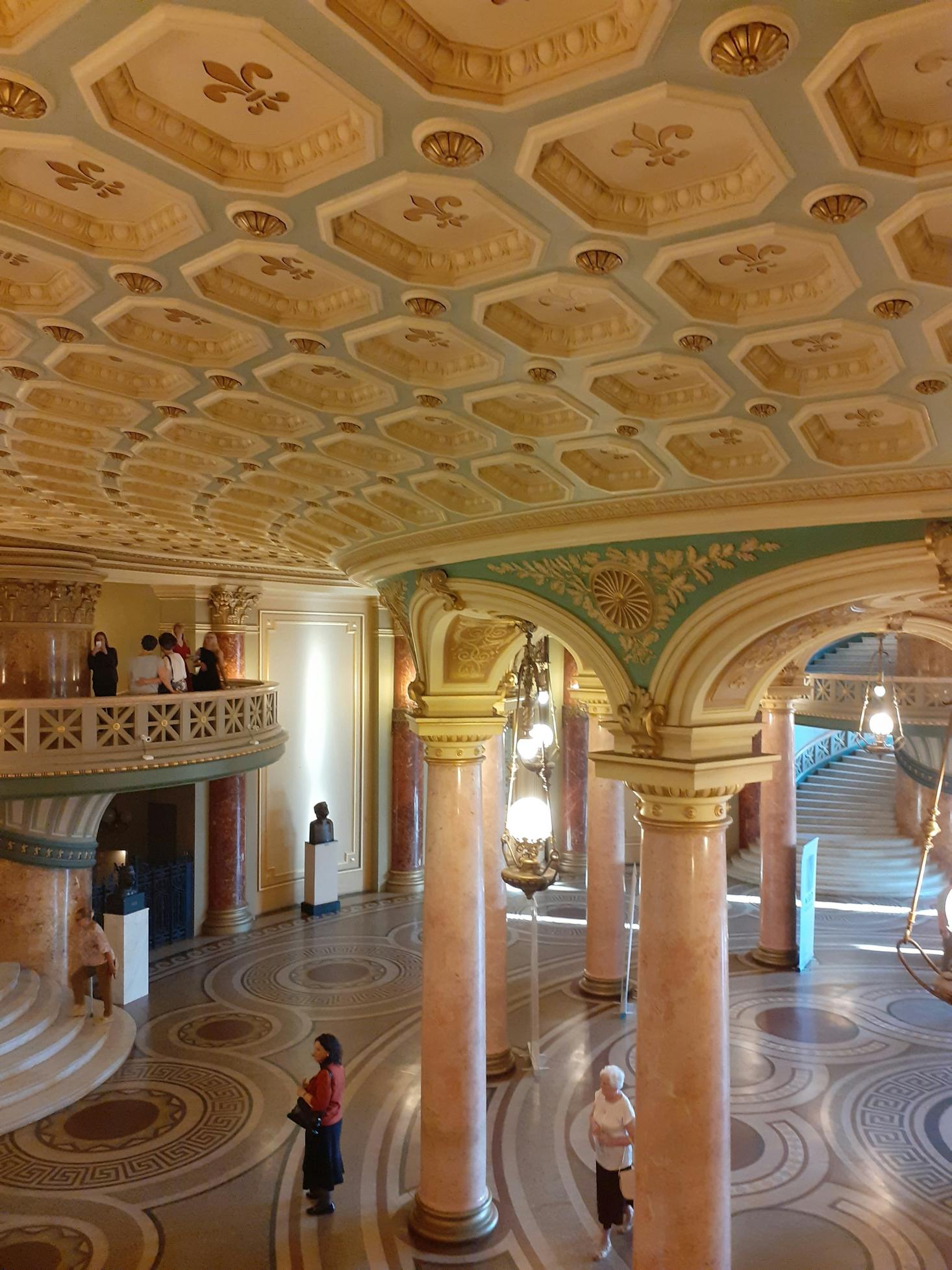
The National Military Museum
Address: Strada Mircea Vulcănescu 125-127, București 010819, Romania
Opened in 1923, the National Military Museum gives visitors a peek into the rich but troubled military past of Romania through its numerous exhibitions. The museum boasts an extensive collection of military-related objects and artifacts; this collection consists of more than a million individual items spread across three major exhibitions.
At the National Military Museum, guests get to view military items on display, including weapons, sculptures, artillery objects, military books and more. The museum is also able to chronologically share Romania’s military history, starting from the pre-Roman era period until present day.
Museum of the National Bank of Romania
Address: Strada Doamnei 8, București 030167, Romania
As its name suggests, the Museum of the National Bank of Romania is related to all things finance and is home to one of the oldest and most important coin collections in the world. Some of the coins that can be found on display at the museum date back to over two and a half millennia; in fact, the first coin to have ever been used is currently housed in the museum. Other artifacts included in the museum’s collection are gold bars, imported marbles and some unique statues.
More than its remarkable coin collection, however, the Museum of the National Bank of Romania is also frequented by curious guests who want to check out the infamous acoustics inside the museum. Designed by famed French architect Charles Garnier, the building’s acoustics allows low-volume conversations to be heard from the balconies.

George Enescu National Museum
Address: Calea Victoriei 141, București 010071, Romania
Located inside the iconic Cantacuzino Palace, which features an Art Nouveau-style architecture, the George Enescu National Museum is dedicated to the life and work of its namesake. Regarded as the greatest Romanian composer and musician, George Enescu is a musical prodigy who famously learned to play the violin as early as the age of four.
The George Enescu National Museum’s collection includes memorabilia and former belongings of the composer, including his musical instruments, manuscripts, documents, photographs and more. During the fall, the museum also hosts a classical music festival named after Enescu, which brings some of the world’s most renowned orchestras to perform.
Ceausescu Mansion
Address: Bulevardul Primăverii 50, București 014192, Romania
Named after Romanian politician and communist Nicolae Ceausescu, the Ceausescu Mansion is among the most historic places where you can get a sneak peek into the ostentatious life led by Ceausescu during his time. Opened to the public in 2016, the museum offers guests a look into the luxurious home that Ceausescu and his wife lived in during their reign, including their rooms, bathrooms and a massive swimming pool adorned with mosaic details.
More than just admiring the house, a tour of the Ceausescu Mansion also provides visitors with an overview of Bucharest’s political past and how the notorious politician came to be one of the most hated individuals in Romania.
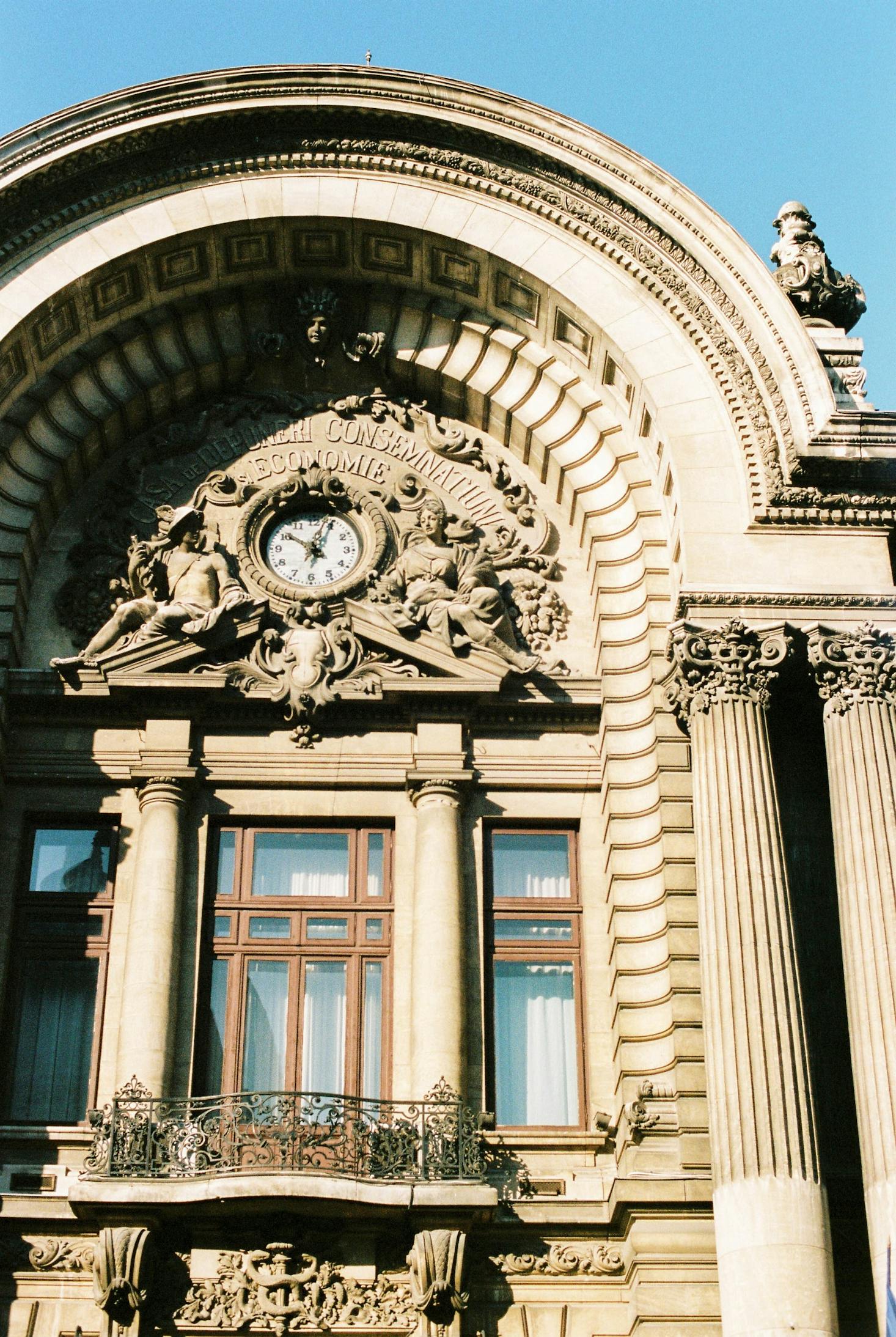
What are the best free museums in Bucharest?
What can you do for free in the city? Some of Bucharest's museums offer free entrance during particular days of the week. For instance, the Art Collections Museum and The National Museum of Art of Romania are both free of charge every first Wednesday of the month. Meanwhile, the Frederic Storck and Cecilia Cuțescu Storck Museum and The Ligia and Pompiliu Macovei Art Collection both offer free entrance during the first Sunday of the month.
Which are the best museums in Downtown Bucharest?
Like most cities in the world, downtown Bucharest is the city's commercial hub and is home to some of the most iconic landmarks and attractions that can be found in Bucharest. Along with terrific shopping, some of the top museums in the city can be found in the center, including The National Museum of History of Romania and the National Museum of Art of Romania.
Are there any cheap museums in Bucharest?
While the term "cheap" is subjective, attractions in Bucharest (including museums) are quite affordable, especially compared to the other European cities. If you want to stretch your budget, some of the cheapest museums in the city include the George Enescu National Museum, The National Museum of Natural History and The National Village Museum.
Historical Artifacts and More
Bucharest is a treasure trove of culture and there's no better way to learn about it than to visit the different museums dedicated to sharing different aspects of Romanian culture. The city has a number of impressive museums that are worth visiting during your trip. From temporary exhibitions to displays about the natural world, decorative arts and more, this intriguing city has the perfect culture trip fix for everyone.

Love discounts and traveling?
Sign up for our newsletter and get 10% off your next booking.
